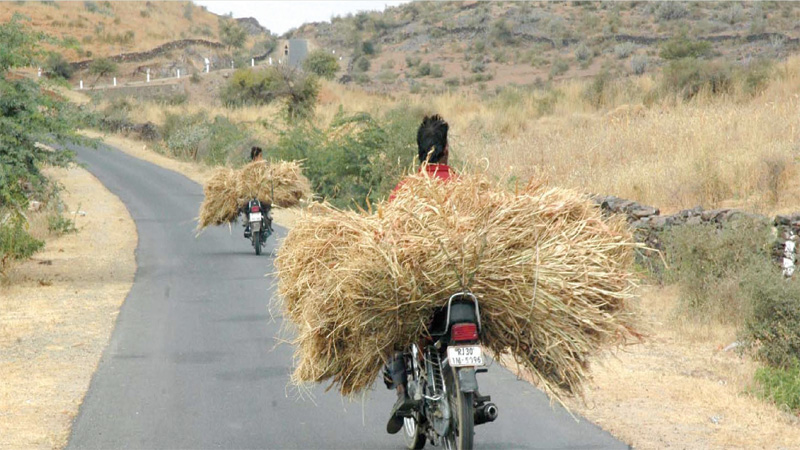Rural infrastructure is cornerstone of overall development of the nation. Under the Modi government, the sector has received massive impetus so as to bridge the gap between rural and urban life.
Rural Road Construction on Priority
Rural roads are an inextricable part of rural infrastructure, which provide connectivity to the diverse set of markets and services that aid the rural economy to grow.
Speed of rural road construction has doubled from 69 km per day in 2013-14 to 134 km per day in 2017-18. Rural road connectivity is more than 91% as of October 2018, as against 55% in March 2014, ensuring that villages do not fall behind in the development trajectory of a New India.
A massive 1.95 lakh km of road length were completed under Pradhan Mantri Gram Sadak Yojana since 2013-14. A significant number of unconnected habitationshave already been provided connectivity. 100% connectivity is targeted by March 2019. This greatly aids goods and services reach villages, farmers reach markets and youth avail educational and employment opportunities. The targeted construction of thousands of kilometres of roads in areas affected by Left Wing Extremism is also helping development reach those areas.
Setting Records in Rural Electrification
Electricity opens up a whole new world of opportunities from children being able to study at night to farming and allied activities becoming tech-intensive. Prime Minister Narendra Modi had declared in his 2015 Independence Day speech that the government would electrify every single village in 1,000 days. This target was achieved even before the deadline. The Modi government electrified more than 18,000 villages, many of them in extremely remote areas or across hills. When the last un-electrified village in India, Leisang, in Manipur, was electrified, the whole nation applauded in a wave of jubilation. Development truly became a mass movement, as PM Modi often exhorts the nation.
Now, electrification has moved onto powering every home and 2.5 crore households have already been powered through the SAUBHAGYA Yojana, as of February 2019. One must remember that many of these households belong to the poor and underprivileged, often residing in rural or rurban clusters.
Modi government’s initiative to bring light to every village in the country was recognised and praised by (IEA) International Energy Agency as well. The agency called it one of the greatest success stories in the world last year in its World Energy Outlook 2018 report.
Improving connectivity in rural areas
Modi government is committed to equip Indian villages with modern technology. As a result, progress of Bharat Net project has been going on at a rapid speed and scale.
As of May 31, 2014, basic communication infrastructure was abysmal and only 59 Gram Panchayats were made service ready, with only 358 km optical fibre cables laid.
In contrast, as of Feb-2019, 3.13 lakh km of OFC had been laid, covering 1.24 lakh Gram Panchayats out of which 1.17 lakh GPs are connected to high-speed broadband and are service ready.
Modi government is developing rural infrastructure in its entirety, with a target leaving no village undeveloped, thus paving the way for a new India which is progressive and equipped with modern infrastructure.


